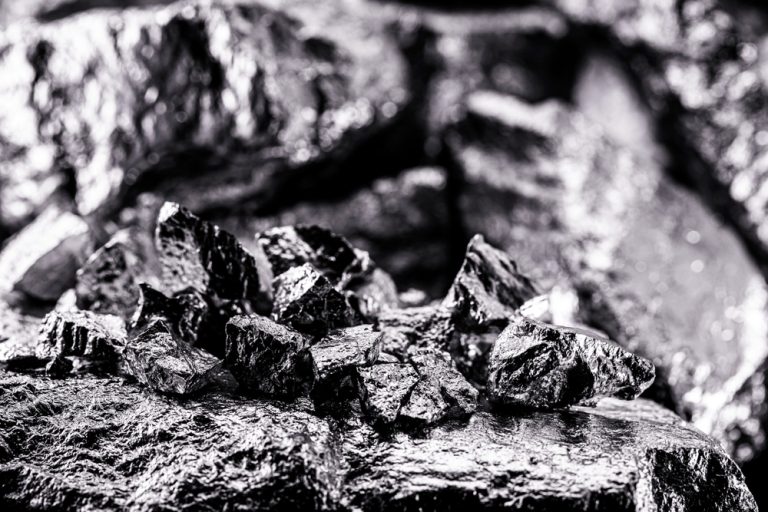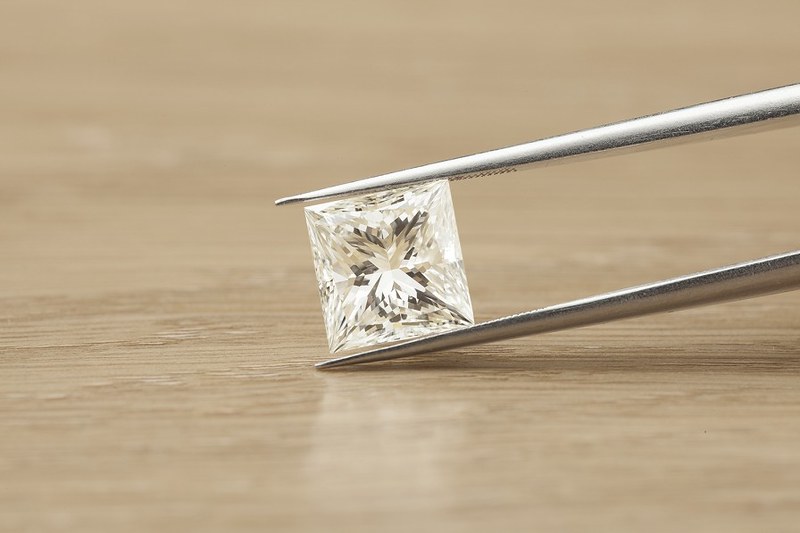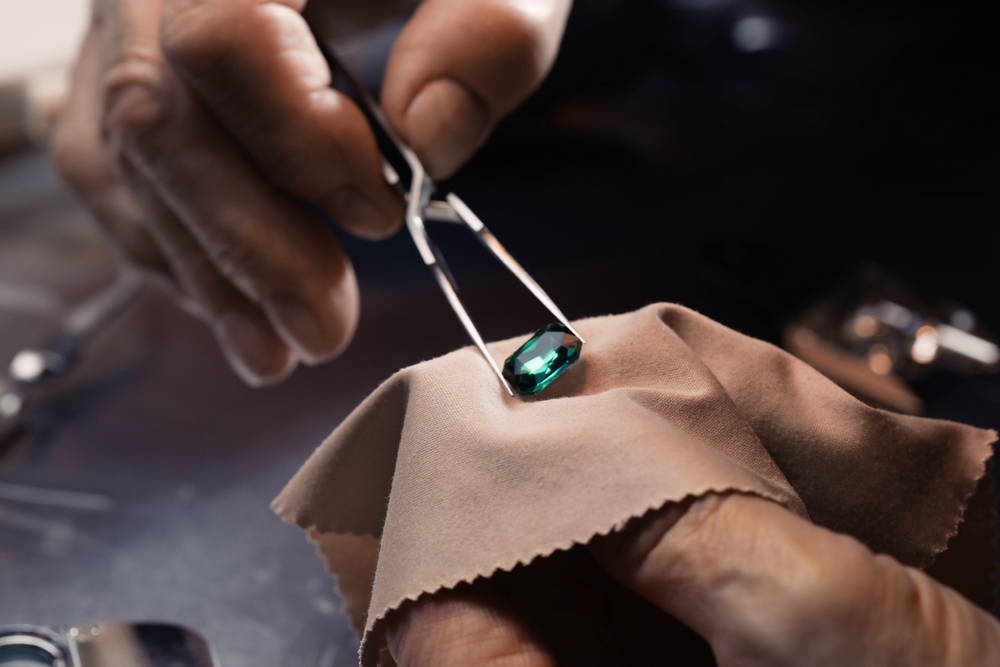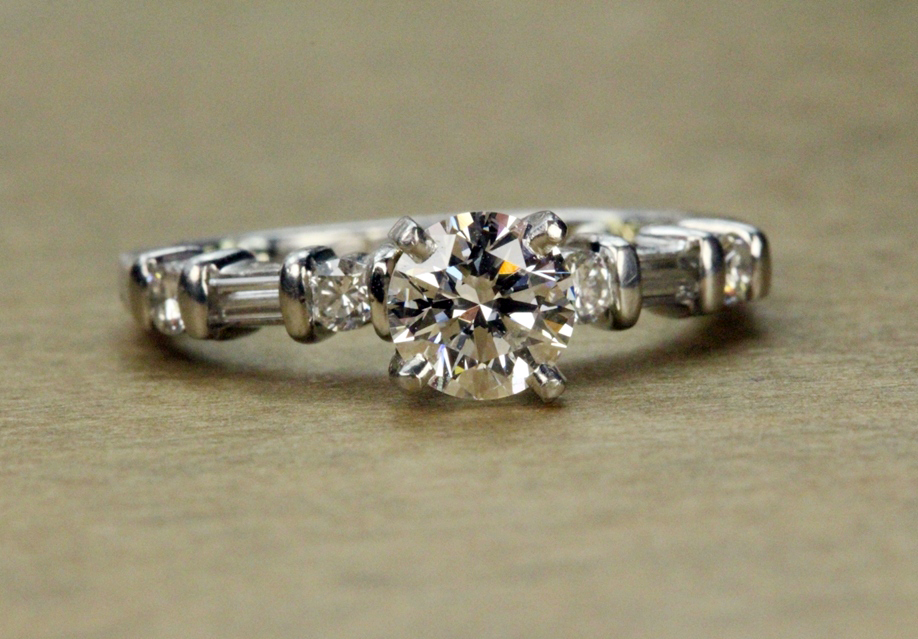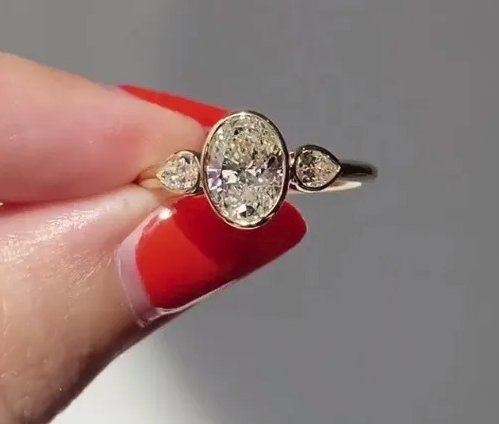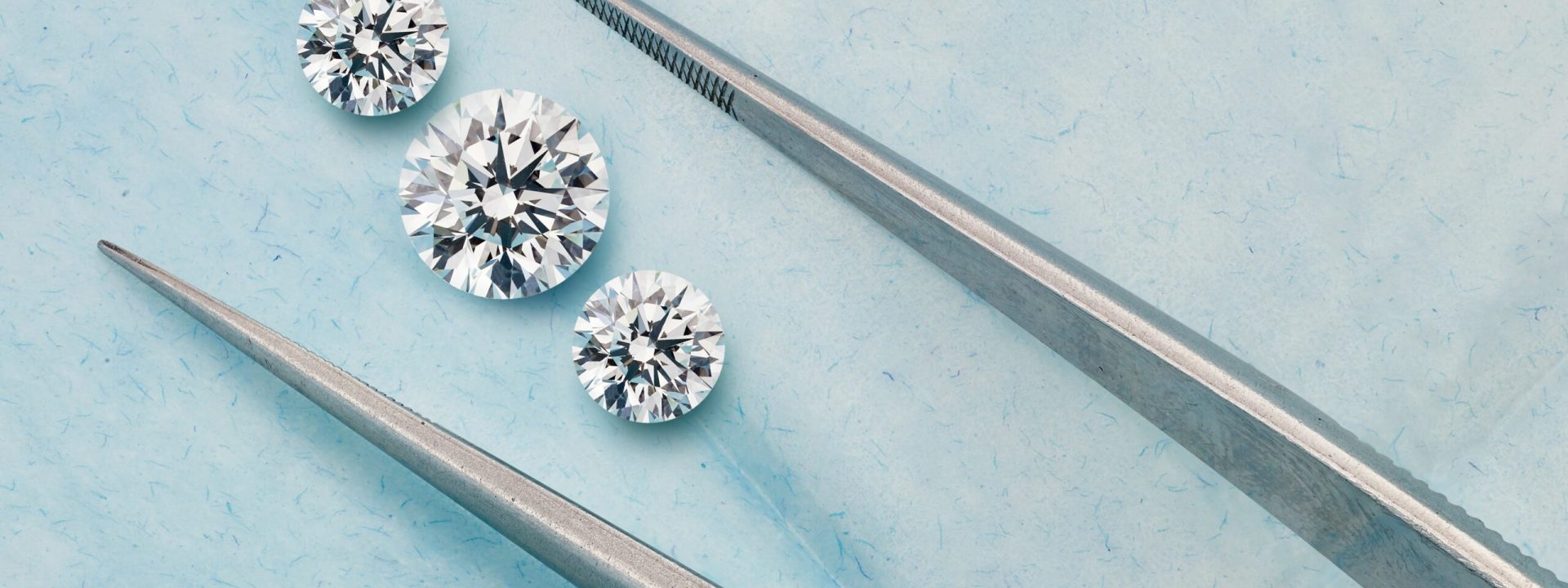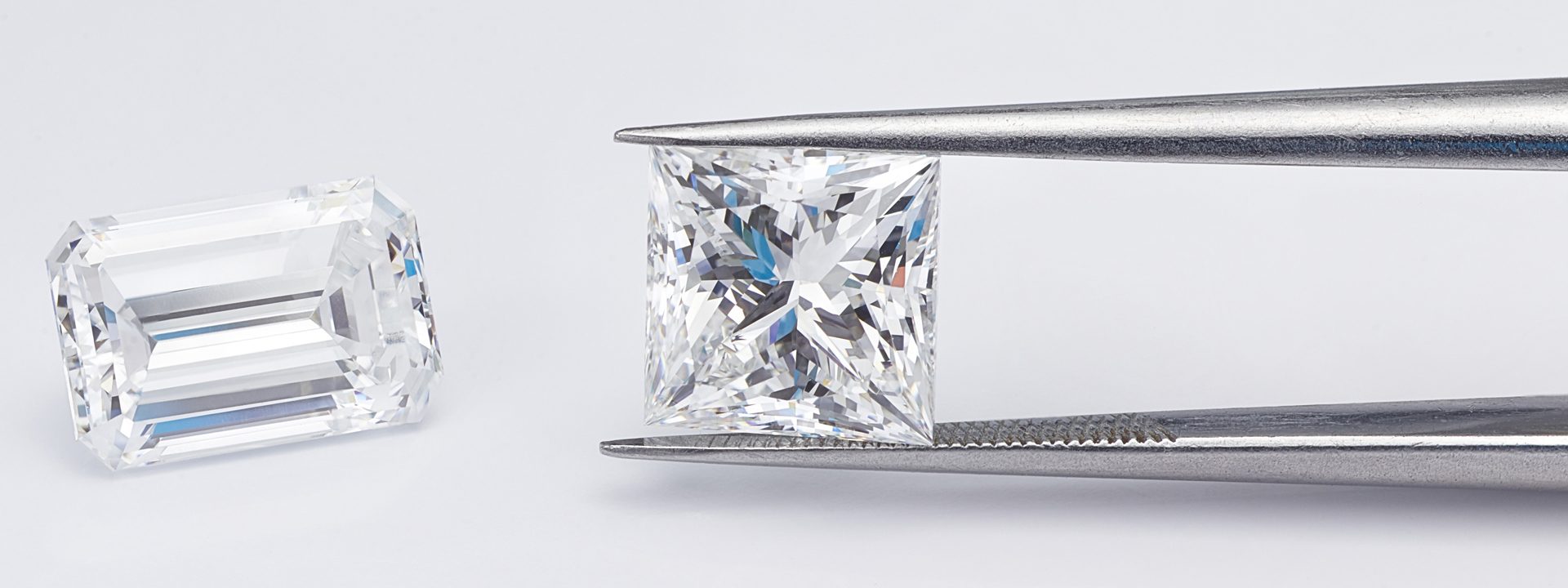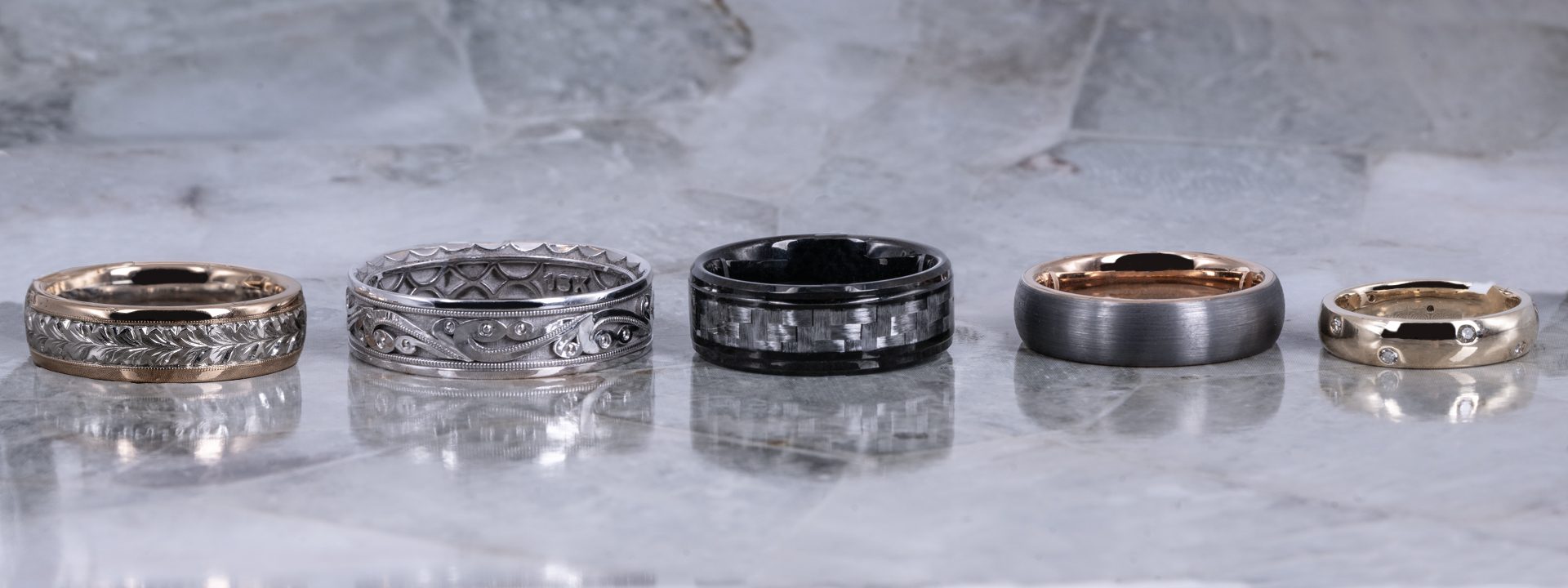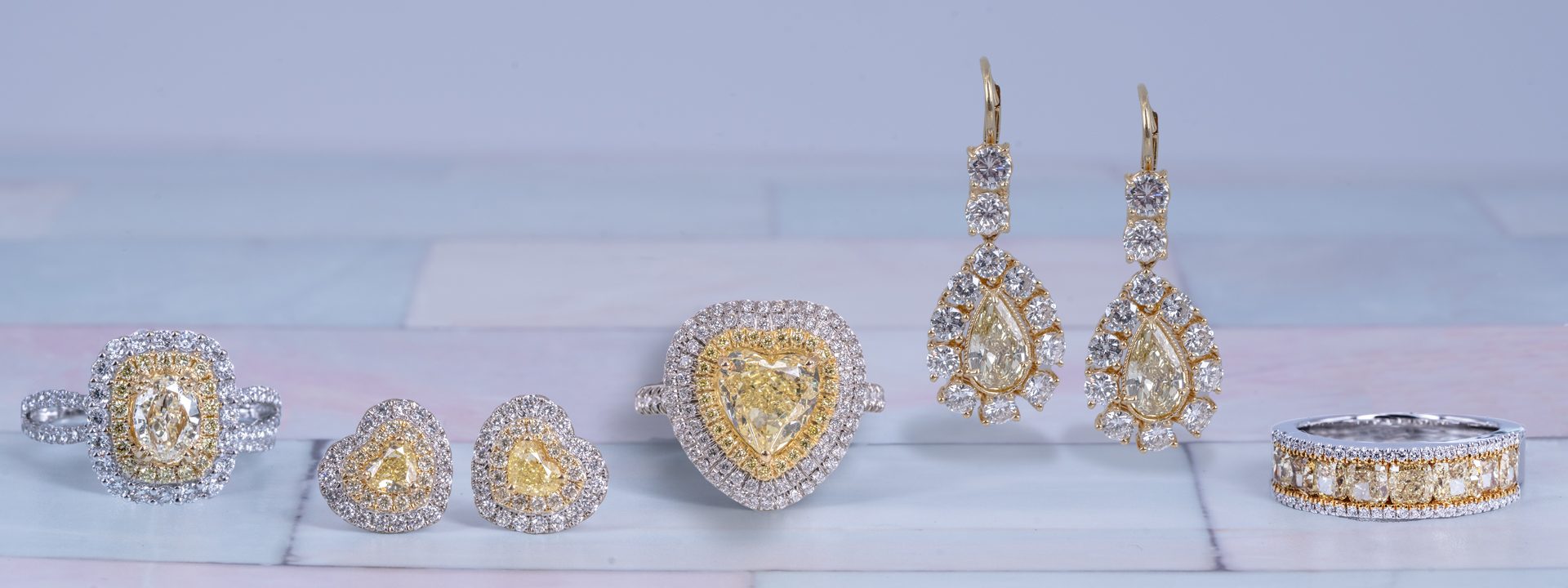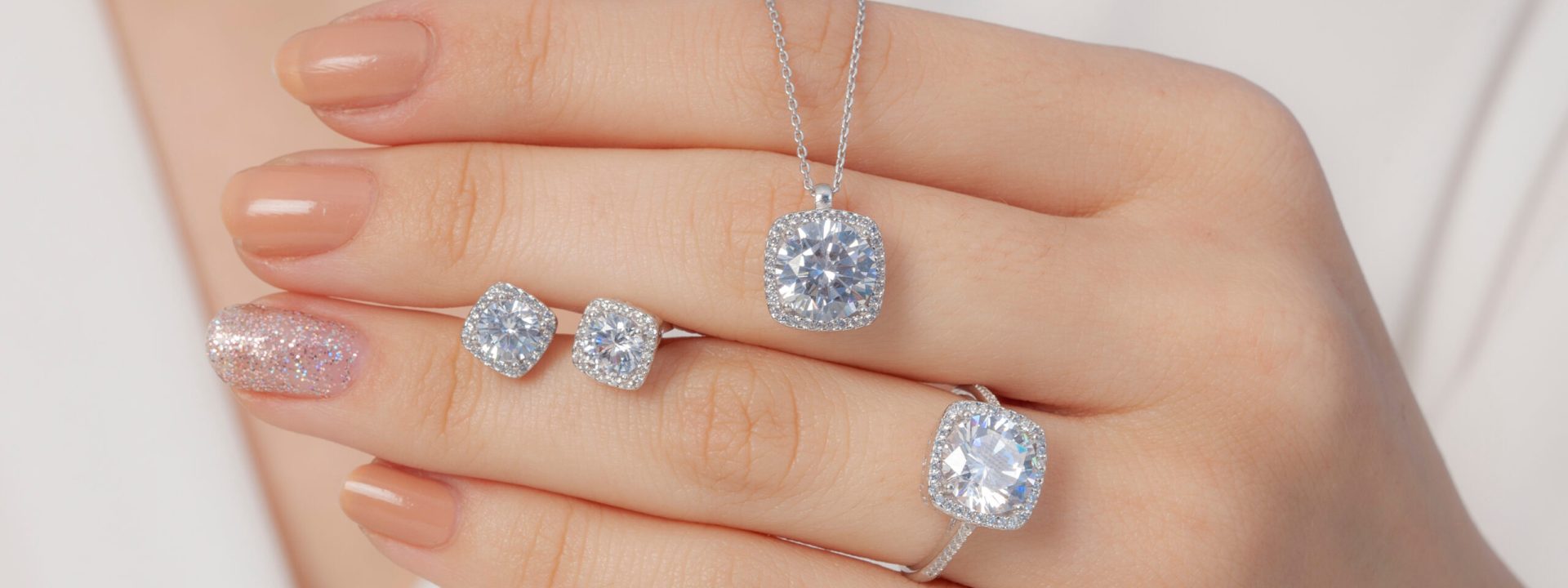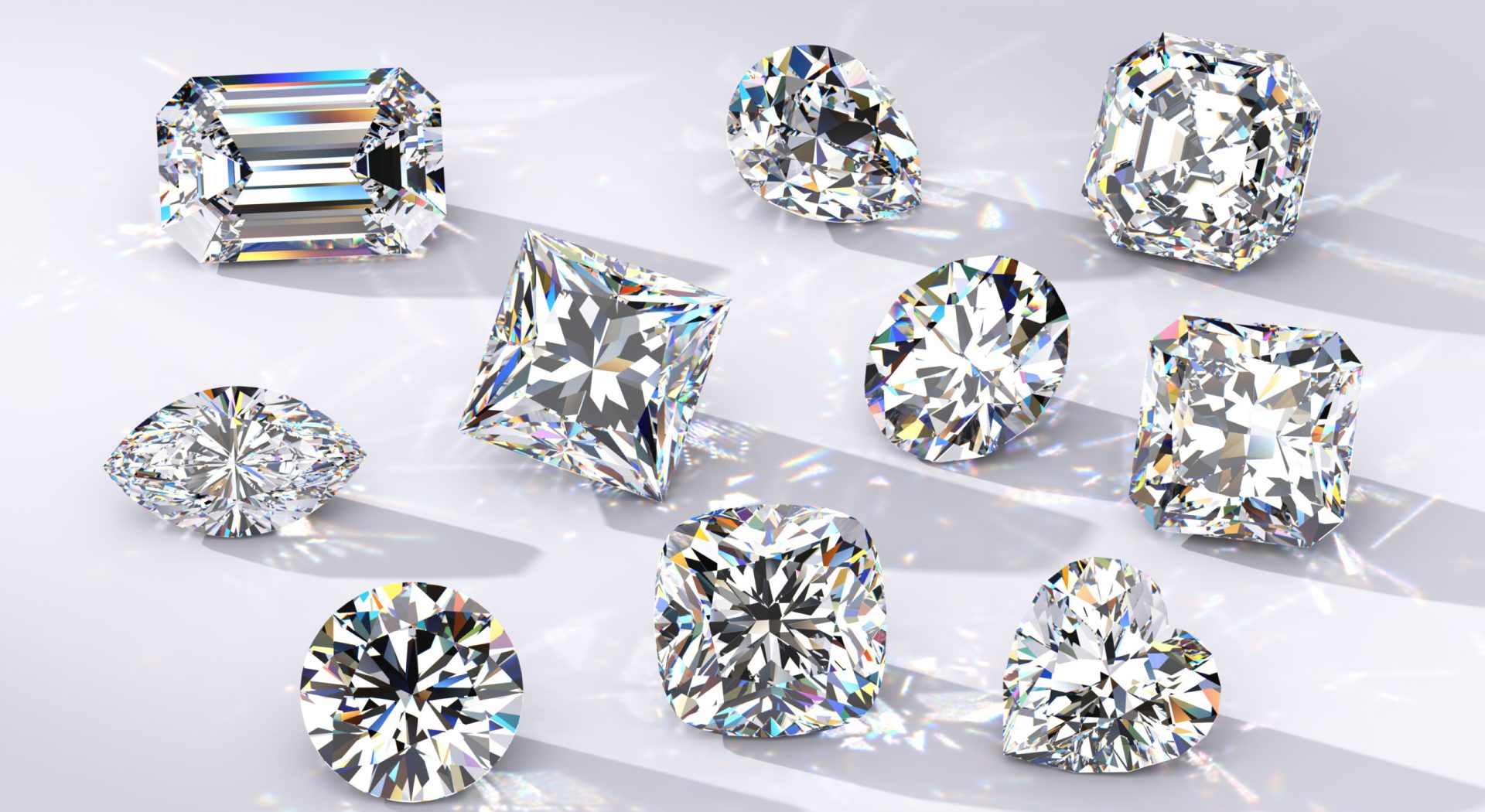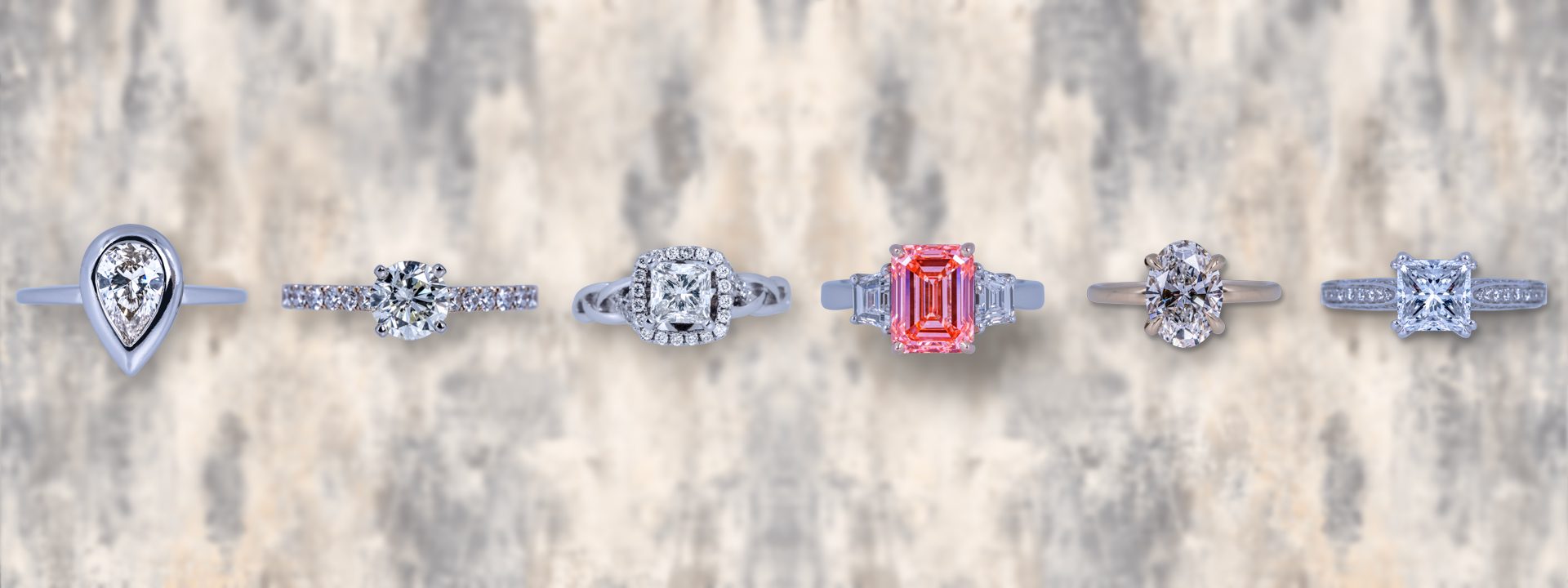When it comes to engagement rings, few styles can rival the timeless elegance of a classic solitaire. A solitaire consists of a single center gemstone, typically secured with prongs, resting atop a solid gold or platinum band. Thanks to Charles Lewis Tiffany, the six-prong, round solitaire may be the perfect choice. But, if she prefers a ring with a little something extra, she can still enjoy the subtlety of a classic diamond solitaire with her own personal twist.
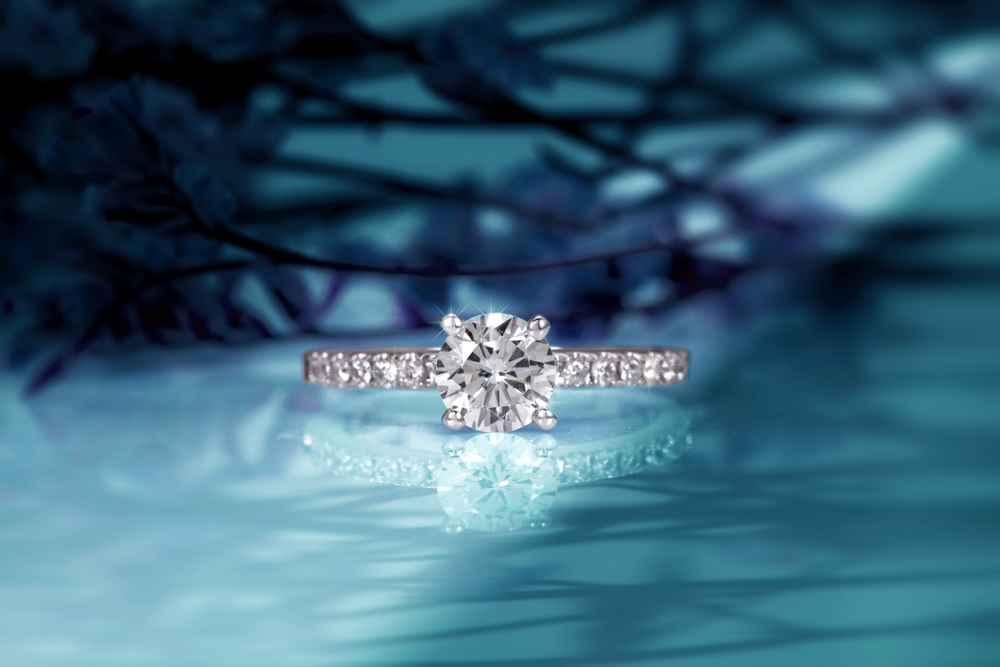
Pick a Colorful Center Stone
One easy way to spice up a solitaire engagement ring is to opt for a colorful center gemstone rather than a traditional colorless diamond. Choose from a selection of vivid colored lab-grown diamonds or precious gemstones to find the one that best fits your future bride.
Both rubies and sapphires are ideal for engagement rings because they’re nearly as hard as diamonds, with a Moh’s Hardness rating of 9 out of 10. This means they’re durable and able to withstand everyday wear and tear without scratching or chipping.
Get Creative with Your Setting
When you envision a solitaire engagement ring, you probably imagine the Tiffany setting we previously mentioned – a six-prong, round diamond ring. Though this style is most popular, there are plenty of other settings known to beautifully enhance a center diamond or colored gemstone.
A bezel setting, for example, frames a center diamond with a thin gold rim. This ensures that the gemstone is safe and secure from the hazards of daily wear. On the other hand, a cathedral setting elevates the center gemstone with thin arches, giving the ring just the right amount of height. When set in this way, a diamond can appear larger than it actually is.
Select a Unique Shape
Who said a solitaire diamond must be round? There are a variety of glittering diamond shapes to choose from that can add a touch of distinctiveness to her ring. Princess and cushion cuts are popular alternatives to the tradition round brilliant diamond. If she prefers something contemporary, pear and oval cuts are two favorites that have been spotted on the hands of fashion-forward celebrities like Victoria Beckham and Blake Lively. Fancy diamond shapes are one of the hottest engagement ring trends of the moment, and one you can expect to see much more of in the coming months.
Choose a Diamond Band
If she loves the look of a solitaire, but you still want to add some extra glam to her ring, you can do so by adding diamond accents to the ring’s band. Diamond accents can help to amplify the sparkle of a center stone without costing you a fortune. Because diamonds are priced by carat, adding small carat diamond accents is often more cost effective than opting for a larger center stone.
Stunning Solitaires in San Diego
If you’re planning the details of a romantic proposal for your sweetheart, visit Leo Hamel Fine Jewelers. Our spacious jewelry store offers a sizable selection of new and vintage engagement rings, from gorgeous solitaires to dazzling cluster rings and everything in between. Searching for an engagement ring with a special touch of character? Our collection of antique and vintage engagement rings is vast and varied, spanning decades of different trends.
Do you have a style in mind, but haven’t quite come across the perfect ring? Let one of our highly skilled jewelers bring your vision to life with a custom-made design that can be tailored to your taste. At Leo Hamel Fine Jewelers, we’re committed to helping you find a ring that she’ll cherish for a lifetime!

